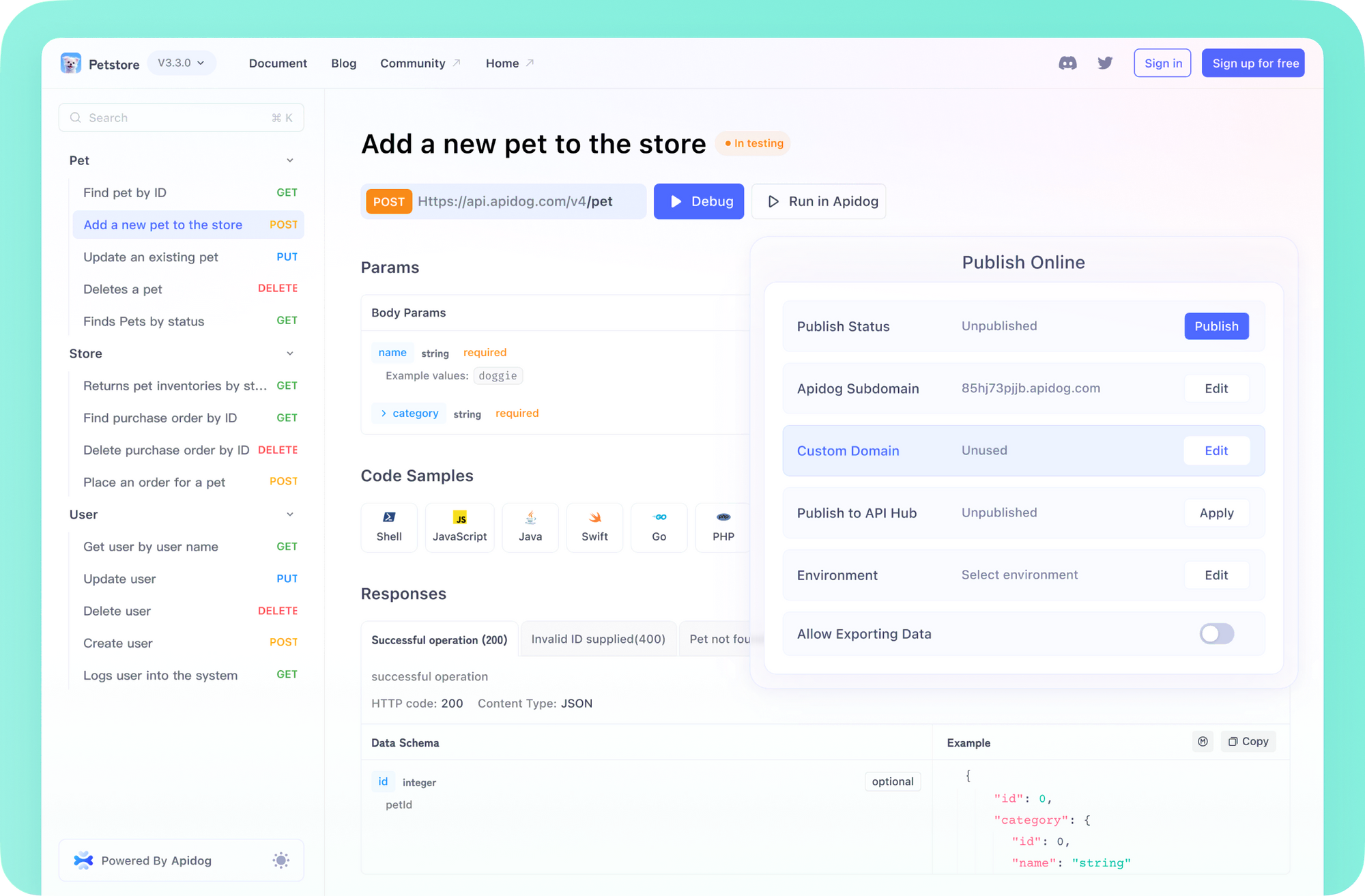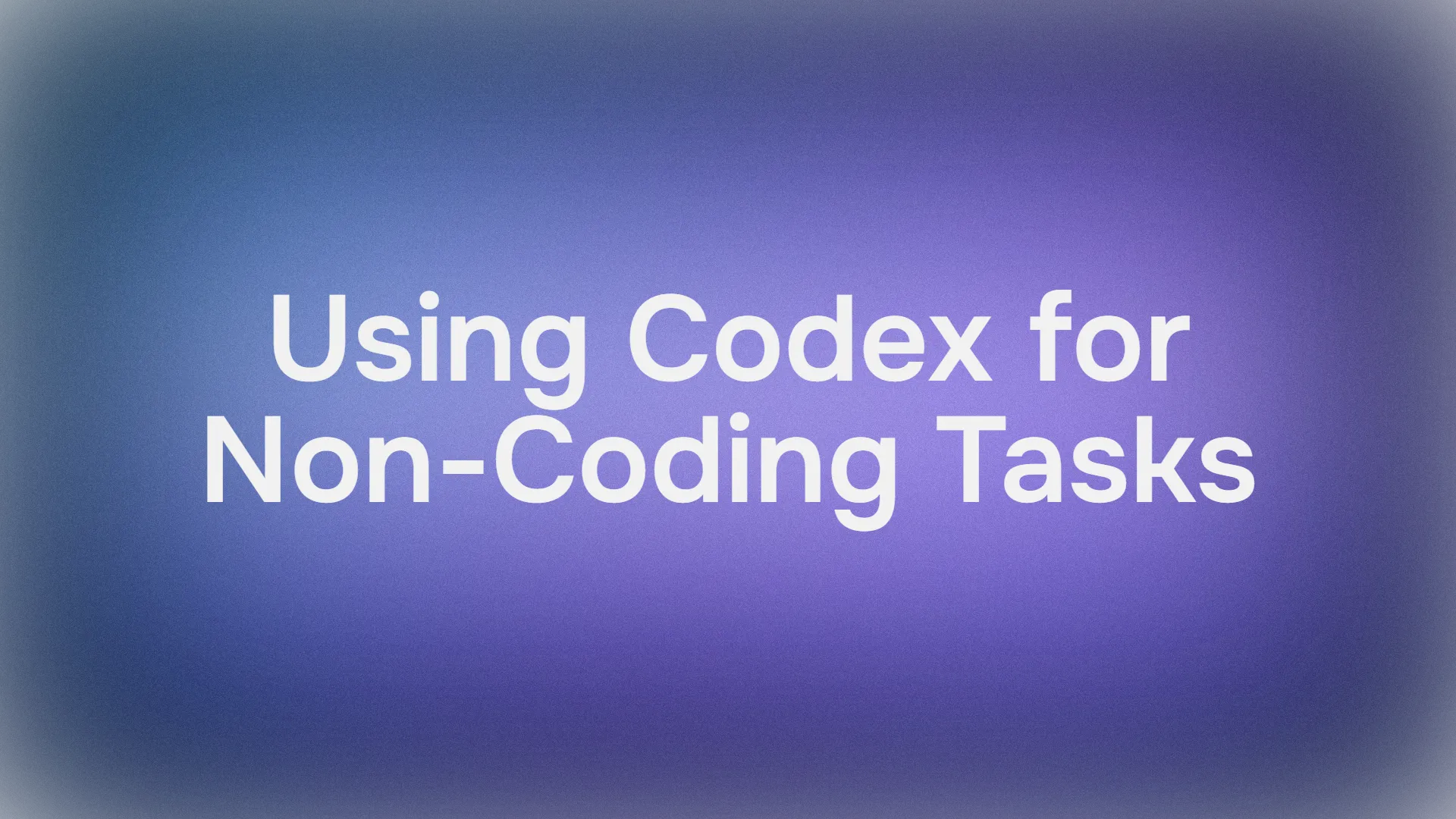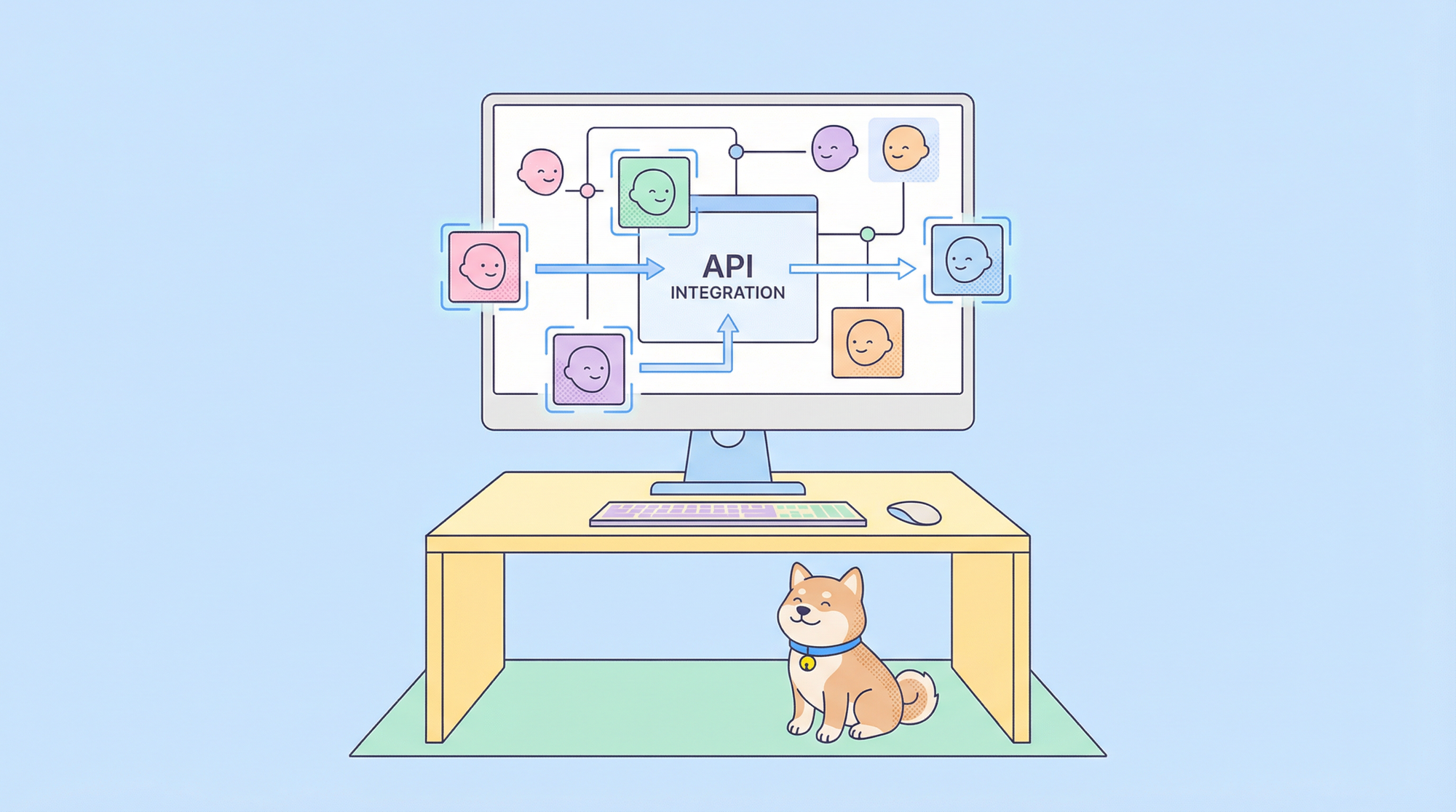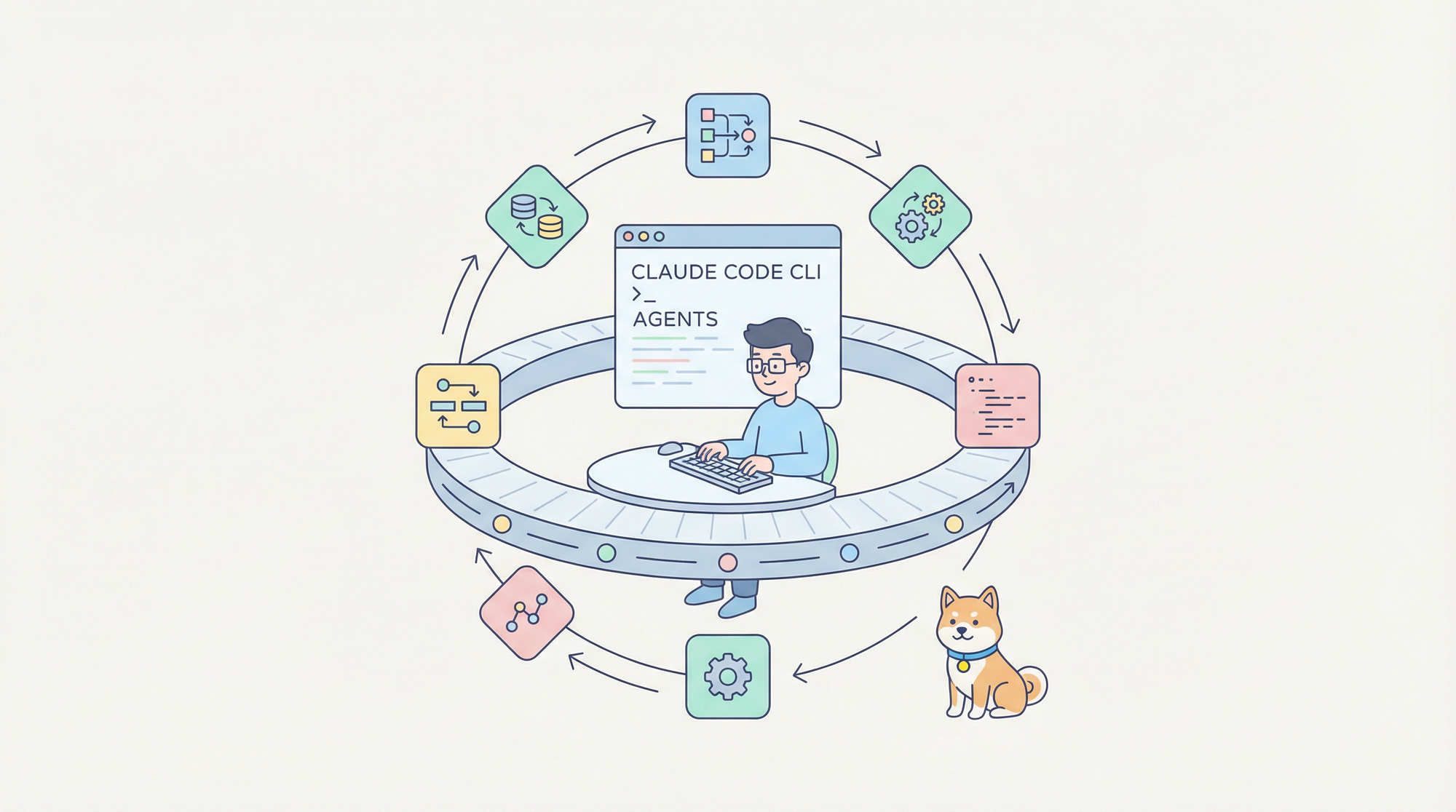When you hear about Codex, OpenAI’s AI coding tool, you probably picture it rolling out Python scripts or debugging JavaScript like a professional. But what if I told you Codex isn’t just a one-trick pony for coders? That’s right—Codex for non-coding tasks or non-coders is actually a thing, and it’s a game-changer for anyone looking to update work beyond the terminal. The Codex AI tool, powered by GPT-5 and GPT-5-Codex models, can tackle a surprising range of practical, non-coding challenges, from drafting emails to organizing data and even brainstorming creative ideas. Whether you’re a marketer, student, or small-business owner, Codex can be your trusty sidekick. In this guide, we’ll dive into what Codex for non-coding tasks looks like, share simple yet powerful use cases, and show you how to make the most of it without touching a line of code. Let’s explore the untapped potential of Codex and see how it can make your life easier!
Want an integrated, All-in-One platform for your Developer Team to work together with maximum productivity?
Apidog delivers all your demands, and replaces Postman at a much more affordable price!
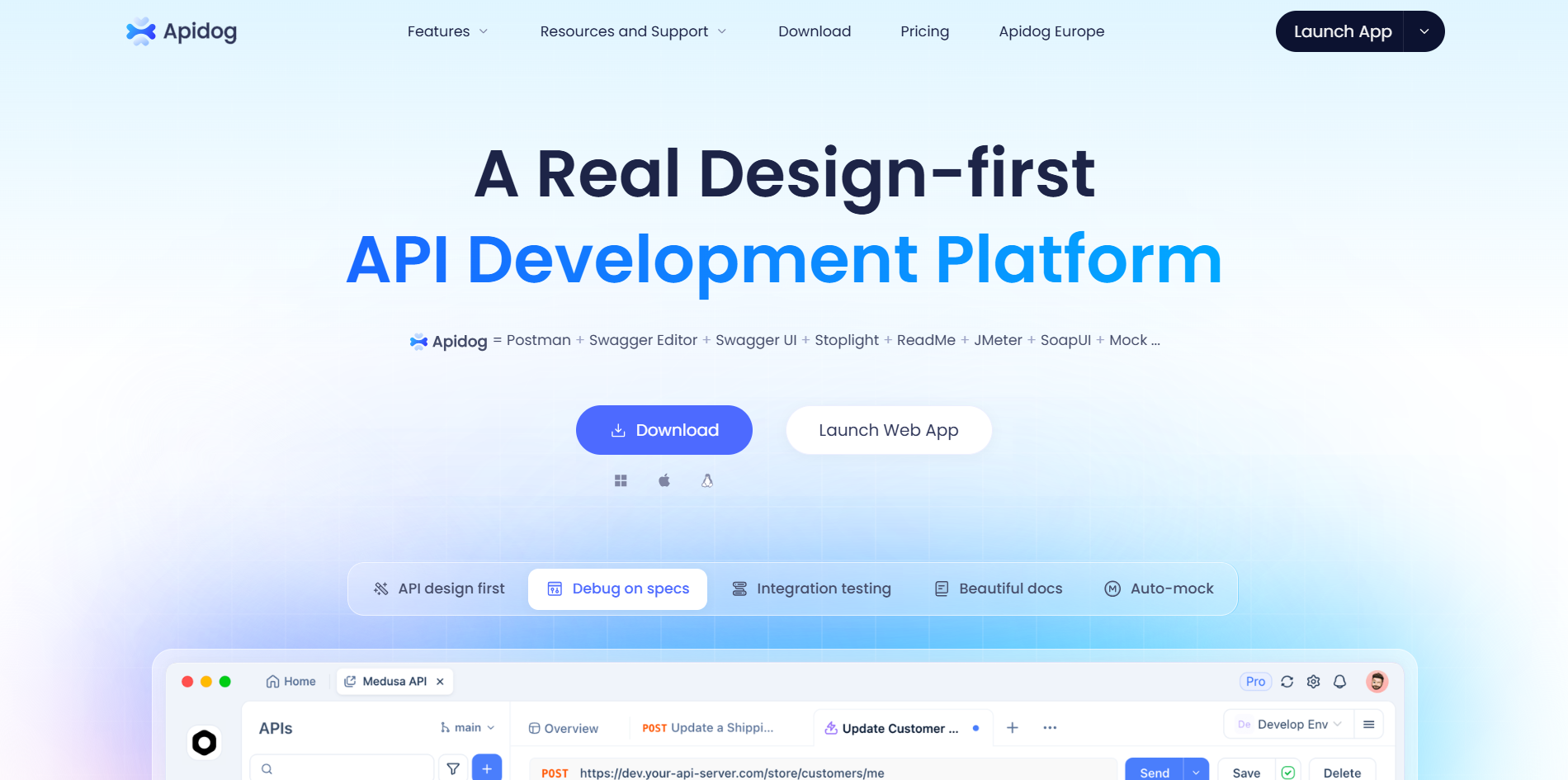
What Makes Codex More Than a Coding Tool?
At its core, Codex is a fine-tuned language model trained on vast datasets, including 159GB of code from GitHub, but also a hefty dose of natural language text. This dual training means it’s not just fluent in if statements—it’s a whiz at understanding and generating human-like text for all sorts of tasks. According to OpenAI’s 2025 updates, Codex’s 192,000-token context window lets it juggle massive inputs, making it ideal for processing complex documents or multi-step workflows. Its multimodal capabilities—handling text, images, and even structured data—open the door to Codex for non-coding tasks like summarizing reports, generating content, or analyzing spreadsheets.
Why does this matter? Unlike coding-specific tools, Codex can parse vague instructions (“Make this report sound professional”) and deliver polished results. It’s like having a super-smart assistant who gets context without needing a PhD in prompt engineering. Codex excels at “context-aware” tasks, achieving about 85% accuracy on non-code prompts like email drafting. So, whether you’re a coder or not, Codex for non-coding tasks brings AI muscle to everyday work. Let’s check out some practical ways to put it to use.
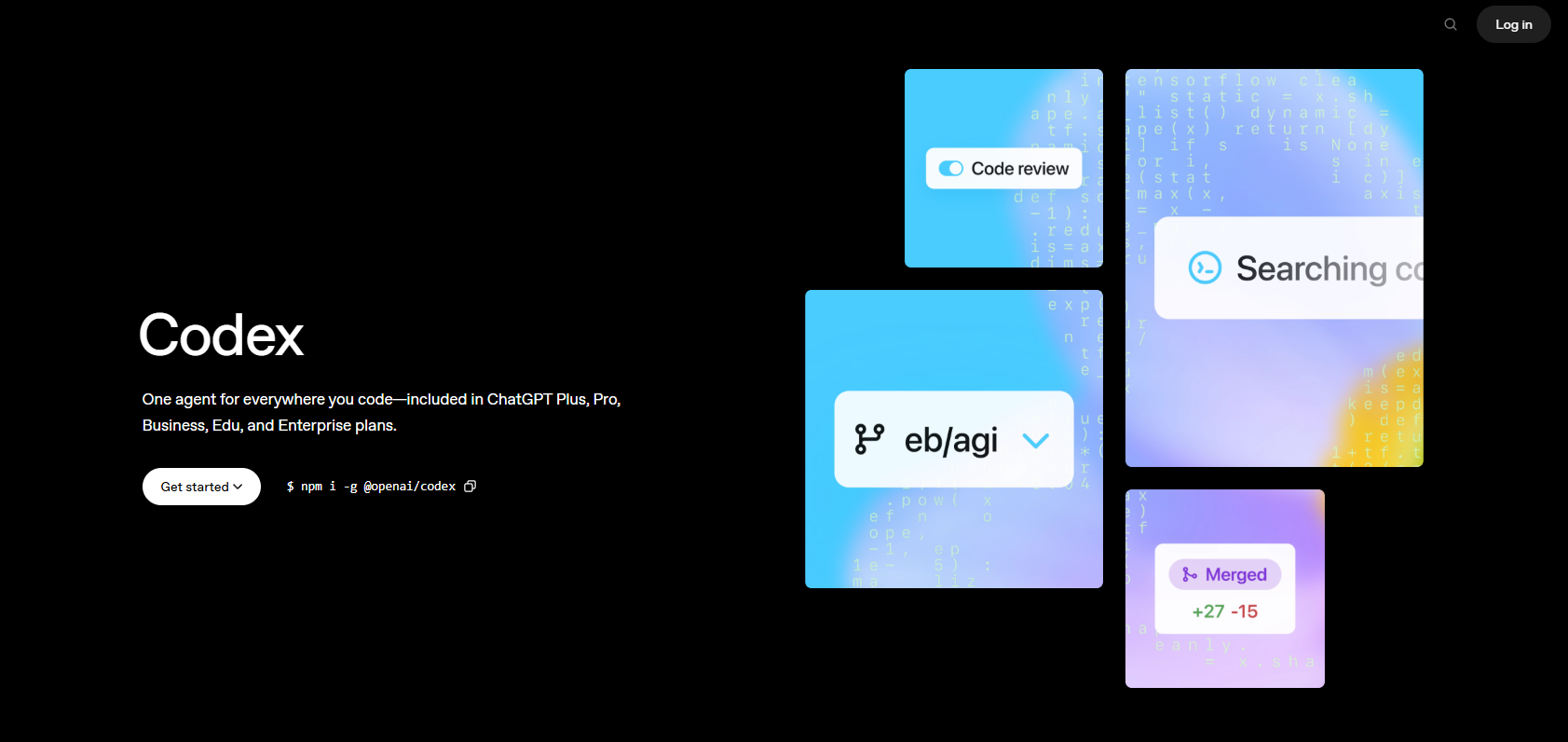
Practical Use Cases for Codex in Non-Coding Tasks
Codex shines outside the coding realm with use cases that are simple, practical, and downright useful. Here are five real-world scenarios to get you started:
1. Drafting Professional Emails and Reports
Ever freeze up trying to write a client email that hits the right tone? With Codex for non-coding tasks, you can prompt: “Write a professional email to a client apologizing for a delayed delivery and offering a discount.” Feed it a few details—like the client’s name or order number—and Codex crafts a polished, empathetic message in seconds. For reports, try: “Summarize this 10-page PDF into a one-page executive brief.” Upload the file via the ChatGPT interface or CLI, and Codex distills key points, saving hours of skimming. In tests, it cut report-writing time by 60% for small teams, per DataCamp insights.
2. Organizing and Analyzing Spreadsheets
Spreadsheets giving you a headache? Codex can process CSV or Excel files for quick insights without you writing a single formula. Prompt: “Analyze this sales CSV and highlight top-performing products.” It’ll parse the data, spot trends, and even suggest visualizations (like “bar chart for Q3 sales”). For non-techies, try: “Clean up this messy spreadsheet—remove duplicates, sort by date.” Codex handles it via its Code Interpreter, but you don’t need to touch Python—it outputs ready-to-use files. This is a lifesaver for marketers or admins juggling data without coding skills.
3. Brainstorming Marketing Content
Stuck on ideas for your next campaign? Codex for non-coding tasks is a creative sparkplug. Prompt: “Generate 10 taglines for a sustainable clothing brand targeting Gen Z.” Codex delivers catchy options like “Green Vibes Only” or “Eco-Chic for the Future.” Need a blog post? Try: “Write a 500-word article on eco-friendly fashion trends.” It pulls in context from your inputs (or web searches if enabled) and crafts engaging content. Small businesses report 3x faster content ideation using Codex, making it a go-to for non-coders in creative roles.
4. Simplifying Meeting Notes and Action Items
Meetings piling up with no time to process notes? Upload a transcript or jot a summary, then prompt: “Extract action items and key decisions from this meeting transcript.” Codex organizes it into a clean list, like “Assign Sarah to update Q4 budget by Friday.” For follow-ups, try: “Draft a follow-up email summarizing these points.” It’s like having a virtual assistant who never misses a detail, cutting note-taking time by 50% for project managers.
5. Learning and Explaining Complex Concepts
Students or professionals tackling dense topics? Codex breaks things down. Prompt: “Explain blockchain to a beginner in 200 words.” It delivers a clear, jargon-free explanation you can actually understand. For research, try: “Summarize this 20-page academic paper on AI ethics.” Codex condenses it into digestible points, perfect for study sessions or presentations. Its ability to parse PDFs and explain context makes it a non-coder’s best friend for learning.
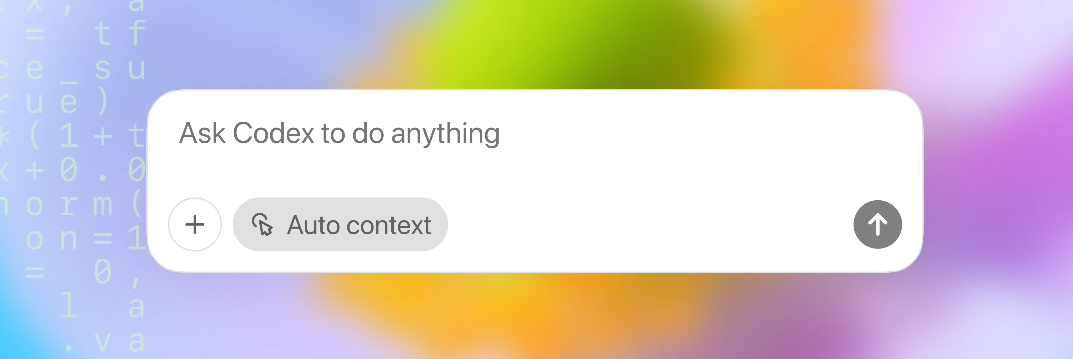
These use cases show Codex for non-coding tasks is versatile—whether you’re streamlining admin work or sparking creativity, it’s got your back.
How to Leverage Codex for Non-Coding Tasks: Tips and Tricks
To make Codex your non-coding MVP, you don’t need to be a tech wizard—just a smart prompter. Here’s how to maximize its potential:
Use the ChatGPT Interface or CLI: For non-coders, the web interface (chat.openai.com) is easiest—just type your request and upload files if needed.
The Codex CLI (npm install -g @openai/codex) is great for batch tasks, like “Process 10 CSVs for summaries” with codex analyze --file data.csv. Authenticate with a Pro plan ($20/month) for full access to GPT-5-Codex.

Craft Clear Prompts: Be specific—“Write a formal letter to a supplier requesting a refund” beats “Write a letter.” Include tone, length, or audience for precision. For example: “Draft a 300-word blog post for a tech startup’s newsletter, casual tone.”
Leverage Multimodal Inputs: Upload images (e.g., a chart screenshot) or documents to enrich context. Prompt: “Analyze this sales chart image for trends.” Codex processes without extra tokens, saving your quota.
Iterate and Refine: If the first output’s off, follow up: “Make it shorter and friendlier.” Codex builds on prior context, so you don’t start from scratch. DataCamp notes 2-3 iterations yield 90% satisfaction for non-code outputs.
Use AGENTS.md for Consistency: Create a file in your project root with guidelines, like “All emails formal, max 150 words.” Prompt: “Follow AGENTS.md for this task.” It ensures outputs match your style, saving tweaks.
Pricing? Free tiers get 10-20 messages/day with codex-mini, but Codex for non-coding tasks shines on Pro ($20/month) for 300-1,500 messages/5 hours or Team ($25/user/month) for shared pools. API mode ($0.015/1K input tokens) offers flexibility for heavy users.
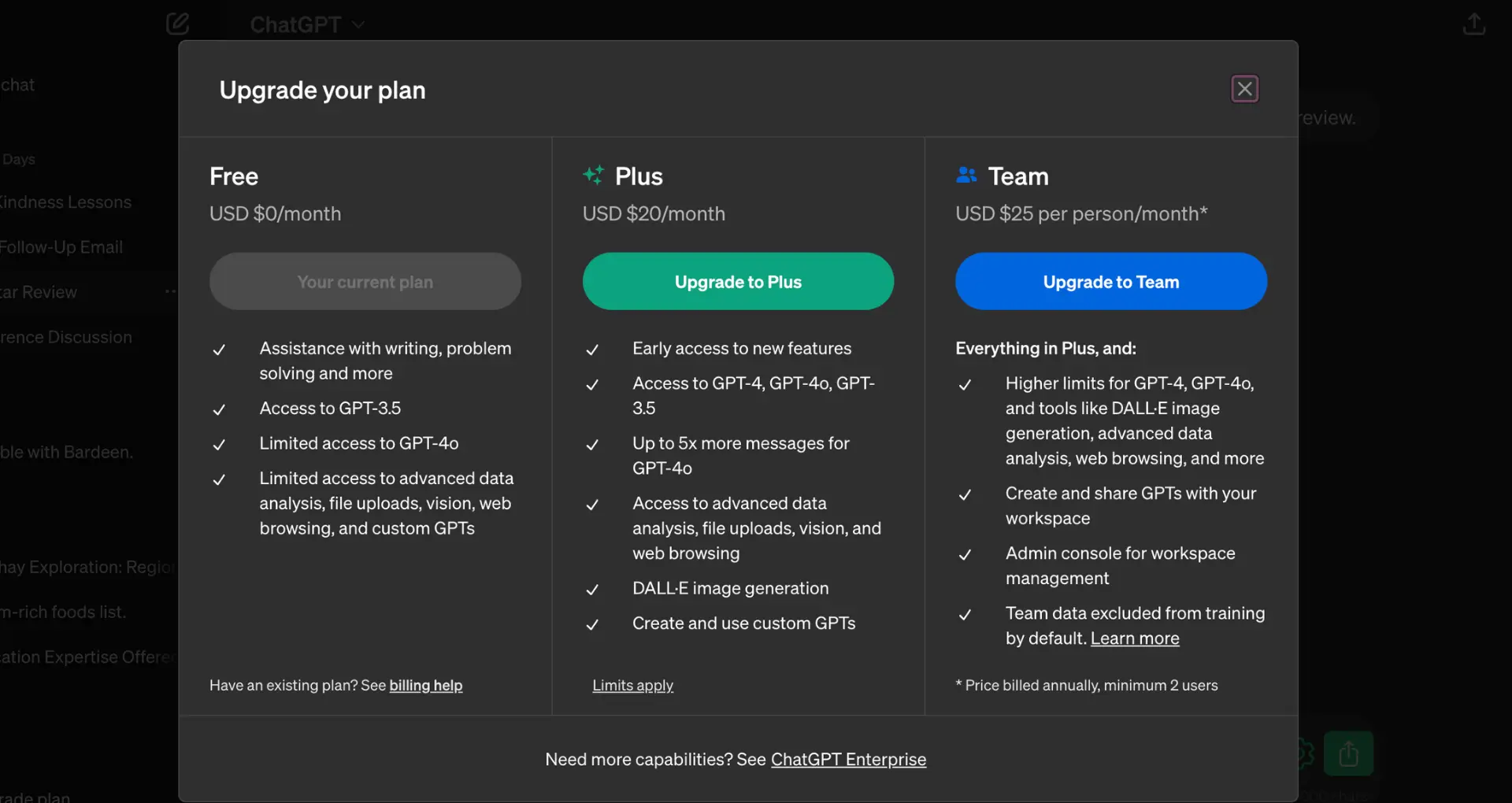
Limitations and Pro Tips
Codex isn’t perfect for every non-coding task. It can overcomplicate simple stuff (like one-line emails) or misinterpret vague prompts. Always review outputs—hallucinations can happen, though GPT-5-Codex cuts them by 70% compared to GPT-4o. For sensitive tasks (e.g., legal docs), always make sure to double-check for accuracy.
Pro tips: Batch tasks to save tokens (e.g., “Summarize 5 PDFs at once”). Use cloud mode for bursts—limits are looser there. Monitor usage in the OpenAI dashboard to avoid surprises. And for repetitive tasks, script CLI commands in a .sh file for automation.
Conclusion: Codex Beyond the Codebase
Who knew Codex could be your go-to for non-coding challenges? From emails to data analysis, Codex for non-coding tasks opens AI power for everyone, no coding degree required. With practical use cases like drafting reports or brainstorming taglines, it’s a productivity booster that fits any workflow. Fire up that Pro plan, craft sharp prompts, and let Codex handle the heavy lifting. Got a favorite non-coding hack? Share it and let’s make work easier together!
